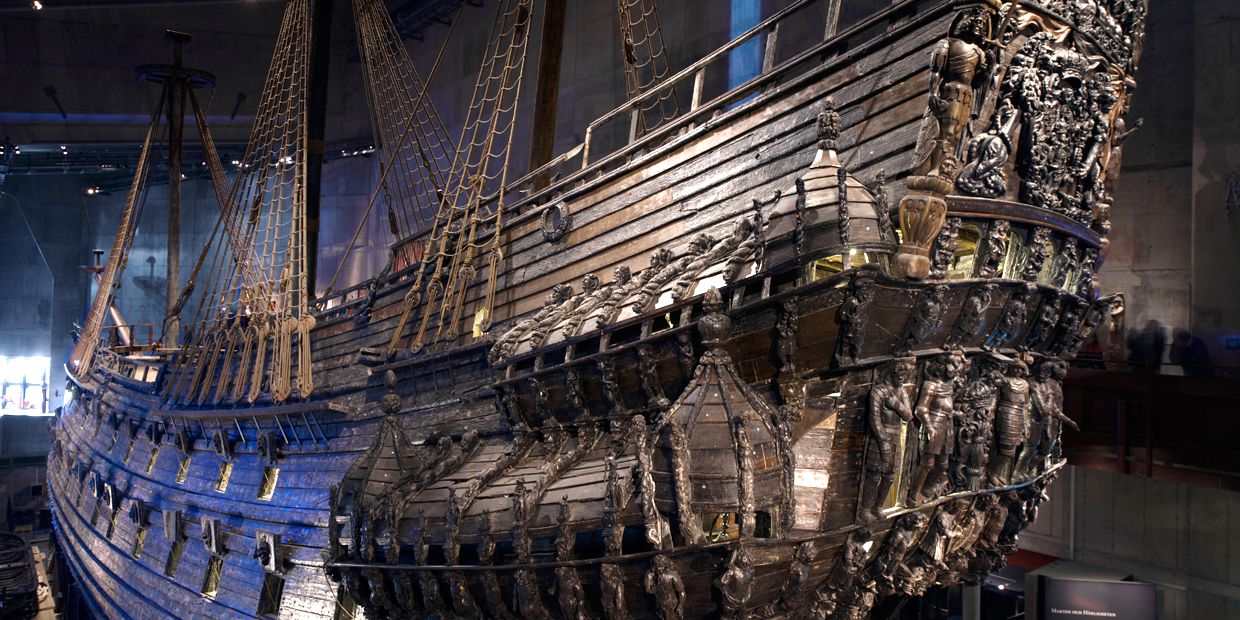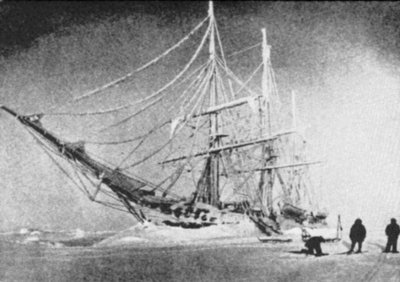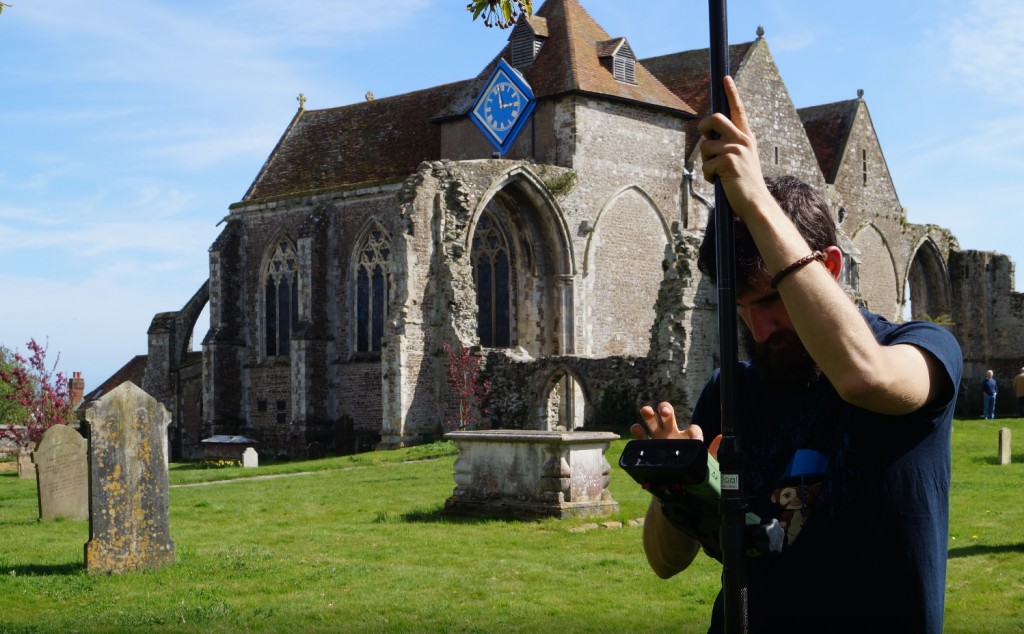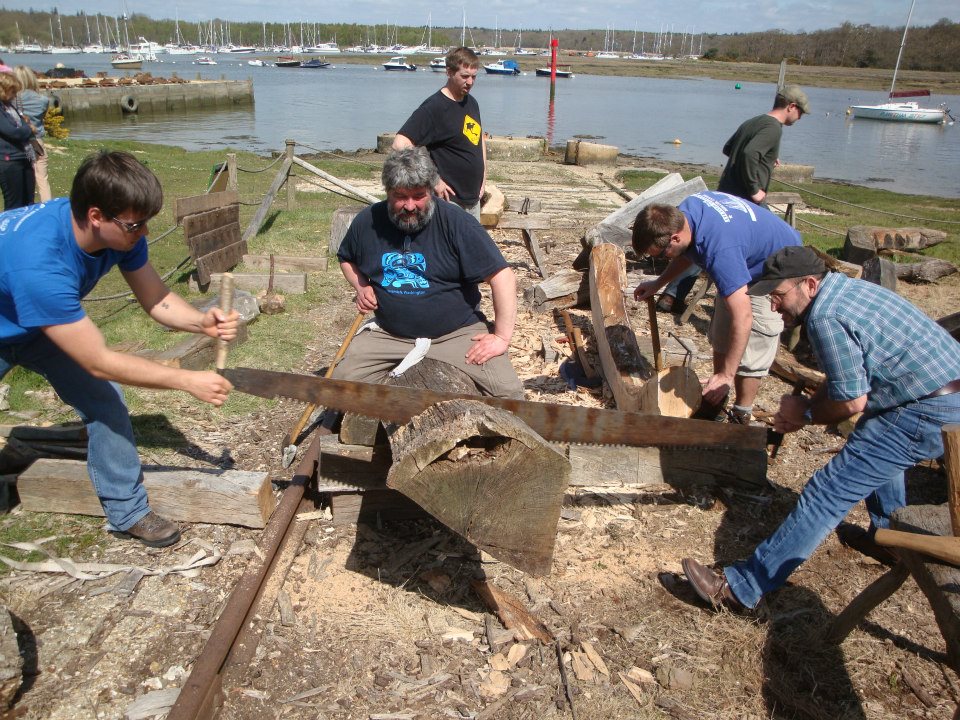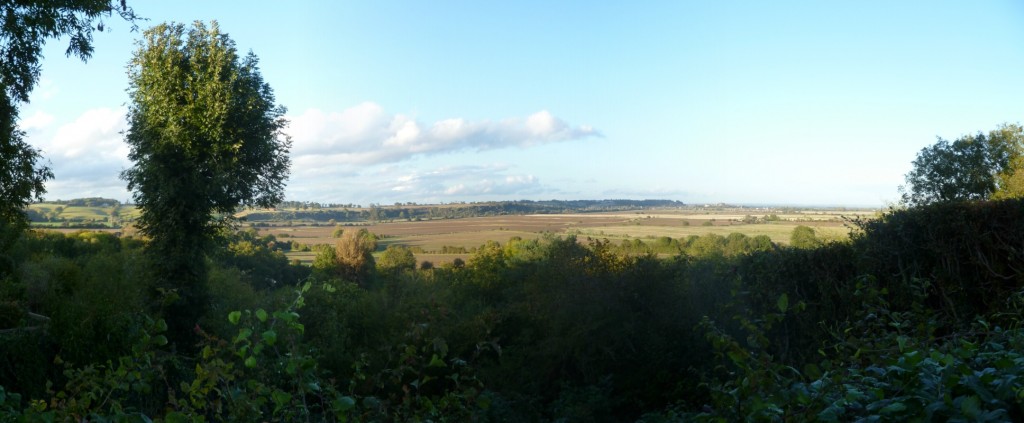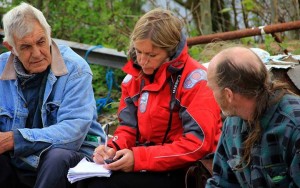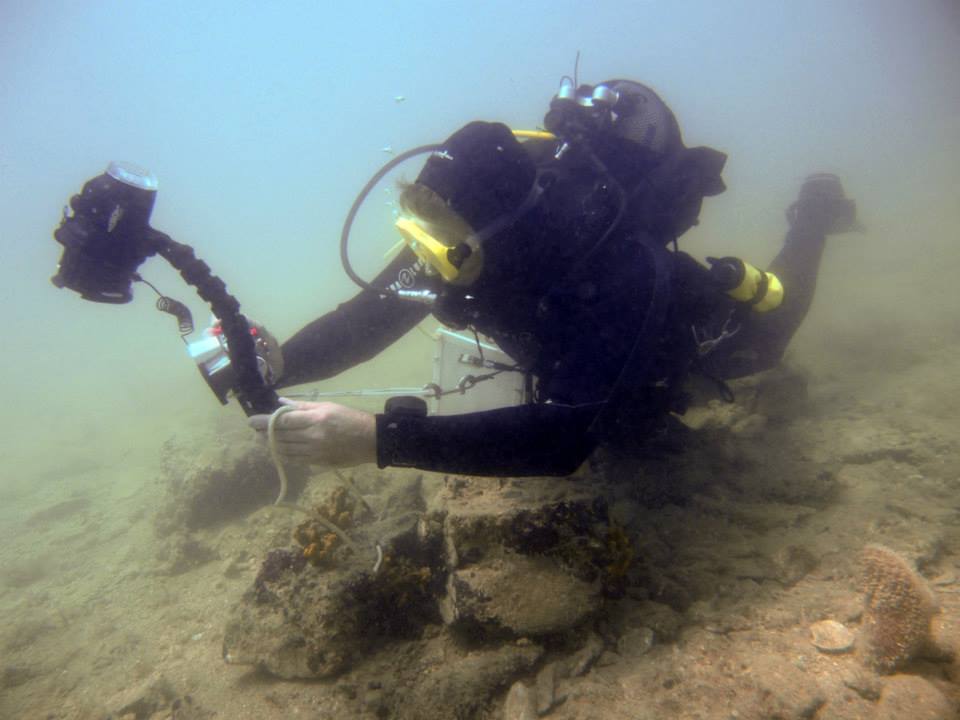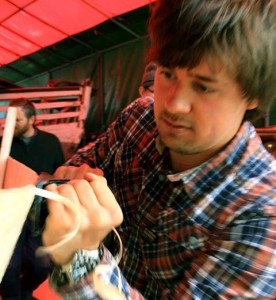Using software to simulate port structures
Thomas Dhoop discusses how software can be used to simulate port structures. He explains how we can map the transport of goods from boats through history.
The fortunes of Southampton correlate with its maritime history. Its geographical location - on a major estuary on the English Channel coast with an unusual double high-tide, and its proximity to Winchester and London; the ancient and modern capitals of England - made the city an important regional centre for many centuries.
Continue reading →

